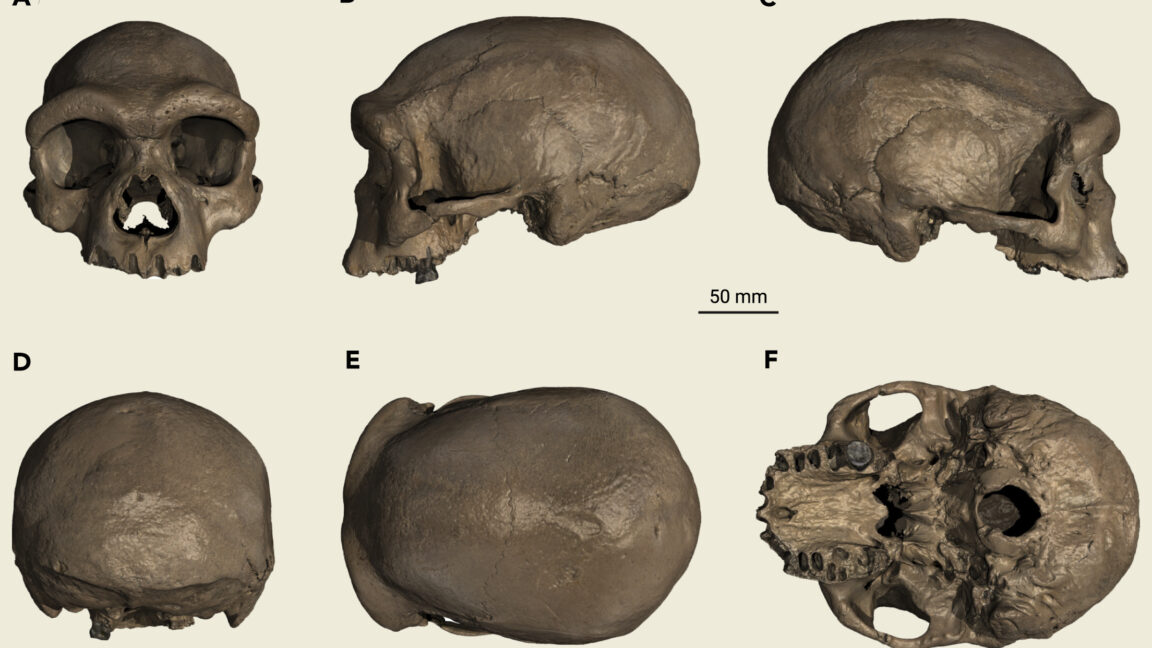
The controversial “Dragon Man” skull was a Denisovan
How did your country report this? Share your view in the comments.
Diverging Reports Breakdown
We’ve had a Denisovan skull since the 1930s—only nobody knew
A 146,000-year-old skull from Harbin, China, belongs to a Denisovan, according to a recent study of proteins preserved inside the ancient bone. The Harbin skull still contains enough of its original proteins to tell a different story. A few of them matched specific proteins from Denisovan bones and teeth, as encoded in Denisovan DNA. The study declared it a new (to us) species, Homo longi.
So Homo longi was a Denisovan all along, and thanks to the remarkably well-preserved skull, we finally know what the enigmatic Denisovans actually looked like.
Credit: Ni et al. 2021
The Harbin skull (left) and the Dali skull (right).
Unmasking Dragon Man
Paleoanthropologist Qiang Ji, of the Chinese Academy of Sciences, and colleagues tried to sequence ancient DNA from several samples of the Harbin skull’s bone and its one remaining tooth, but they had no luck. Proteins tend to be hardier molecules than DNA, though, and in samples from the skull’s temporal bone (the ones on the sides of the head, just behind the cheekbones), the researchers struck pay dirt.
They found fragments of a total of 95 proteins. Four of these had variations that were distinct to the Denisovan lineage, and the Harbin skull matched Denisovans on three of them. That’s enough to confidently say that the Harbin skull had belonged to a Denisovan. So for the past few years, we’ve had images of an almost uncannily well-preserved Denisovan skull—which is a pretty big deal, especially when you consider its complicated history.
While the world is now aware of it, until 2021, only one person had known what the skull looked like since its discovery in the 1930s. It was unearthed in Harbin, in northeast China, during the Japanese occupation of the area. Not wanting it to be seized by the occupying government, the person who found the skull immediately hid it, and he kept it hidden for most of the rest of his life.
Source: https://arstechnica.com/science/2025/06/the-controversial-dragon-man-skull-was-a-denisovan/
